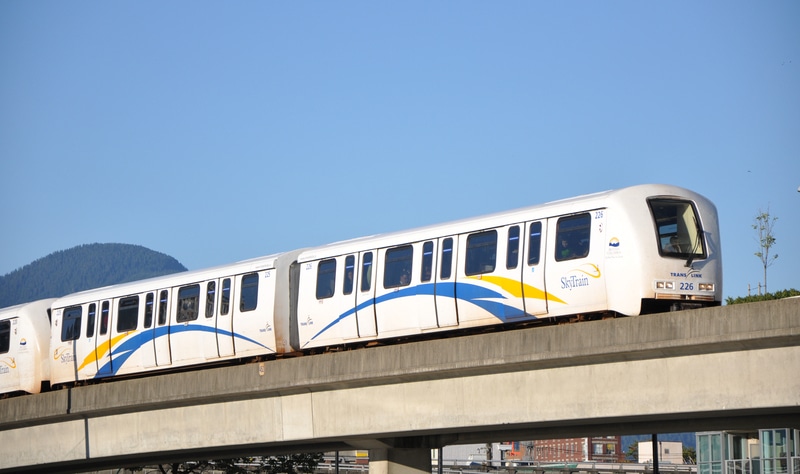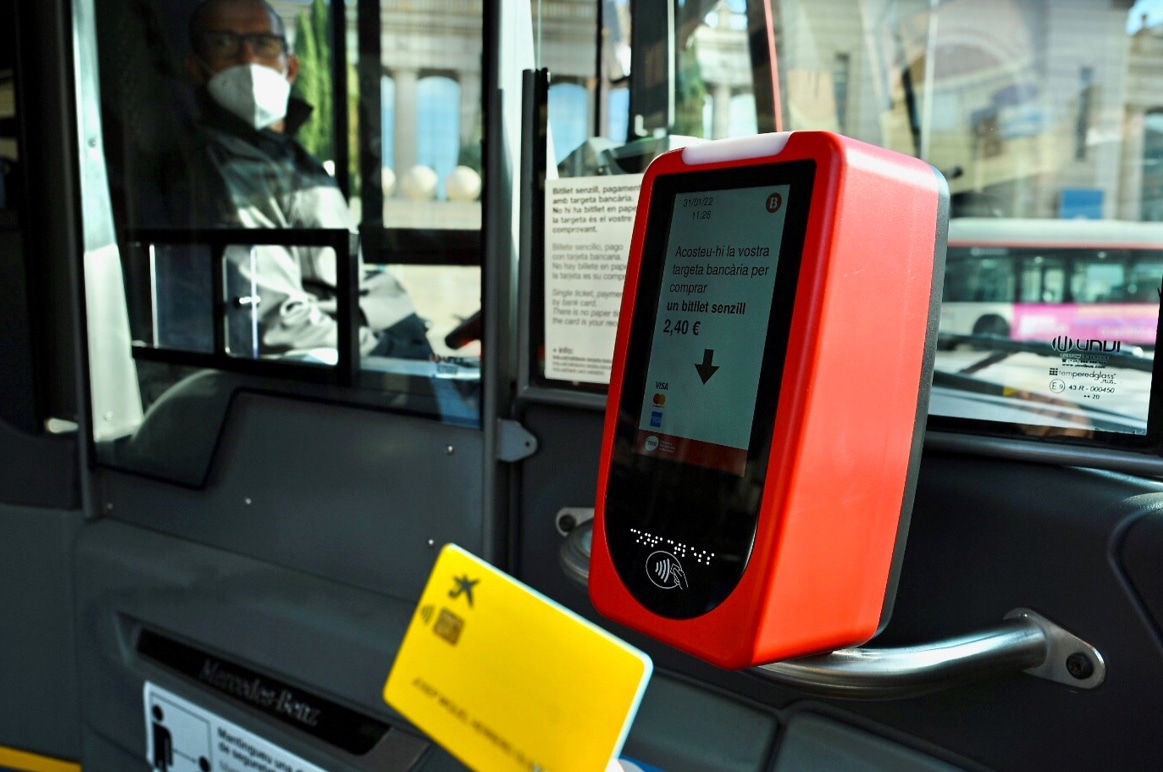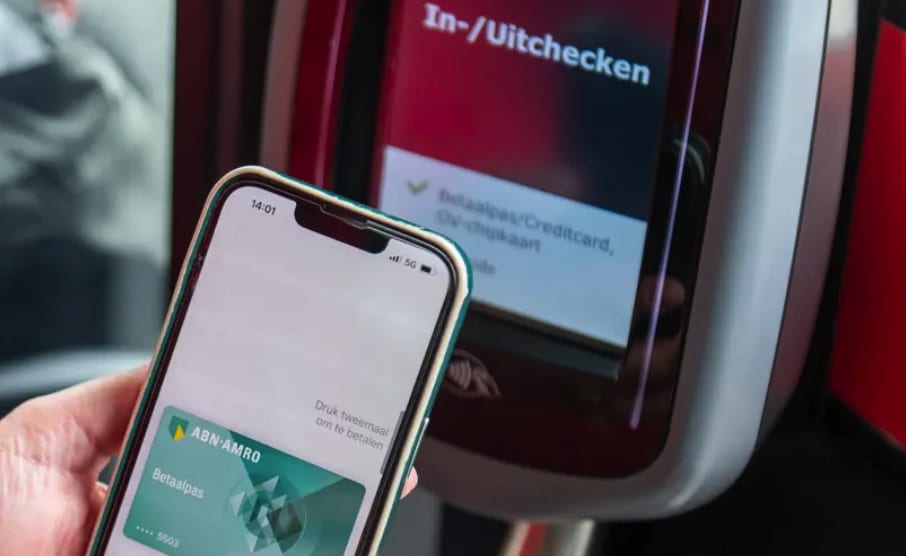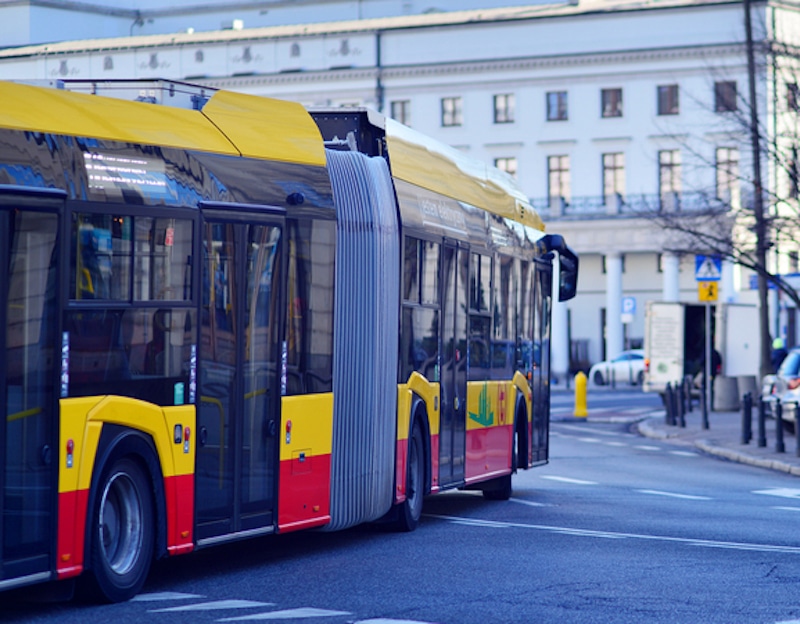
Article Highlights
More than three years after it was introduced, a technology designed to make it easier and less costly for transit agencies to accept open-loop payments on their proprietary closed-loop terminals is still only live with a handful of agencies. But that could change this year, with plans by a major Canadian transit authority to enable domestic debit card fare payments using the “VSAM” technology.
• Table: Cubic’s cost estimate to integrate VSAMs in Canada
• Planeta Informática
• TransLink (Vancouver)
• Interac
• Cubic
• Littlepay
• EMVCo
More than three years after it was introduced, a technology designed to make it easier and less costly for transit agencies to accept open-loop payments on their proprietary closed-loop terminals is still only live with a handful of agencies, all in Latin America.


















